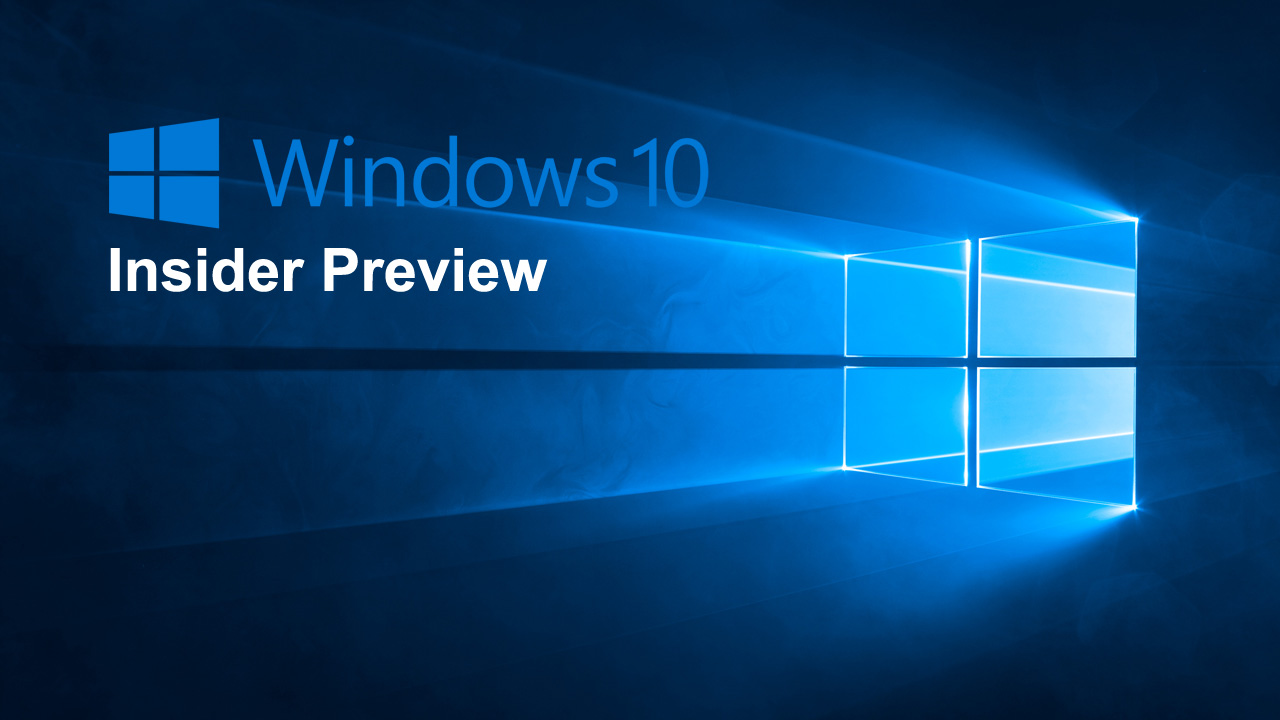


- WINDOWS 10 WORKSPACE MANAGER HOW TO
- WINDOWS 10 WORKSPACE MANAGER FULL
- WINDOWS 10 WORKSPACE MANAGER TV
- WINDOWS 10 WORKSPACE MANAGER WINDOWS
If you had the pen shortcuts configured to open Windows Ink Workspace, the pen button functions will fall back to open the OneNote app for all the options.ĭo you use Windows Ink Workspace on the regular basis? Would you consider disabling the feature? Tell us in the comments below. In addition, disabling the experience doesn't remove the Pen & Windows Ink settings page from the Settings app. It's important to note that after you've disabled Windows Ink Workspace, you won't be able to launch Sketchpad or Screen sketch, but you'll still be able to use Sticky Notes, as it's a regular Windows Store app. To enable Windows Ink Workspace again, simply follow the steps mentioned above and on step 9 make sure to change the value from 0 to 1, and restart your computer. Right-click the Microsoft key, select New, and click Key.If you don't see the WindowsInkWorkspace key (folder), then do the following:.Browse the following path: HKEY_LOCAL_MACHINE\SOFTWARE\Policies\Microsoft\WindowsInkWorkspace.Type regedit, and click OK to open the Windows registry.Use the Windows key + R keyboard shortcut to open the Run command.Windows key + Right arrow: Maximize the app window to the right side of the screen. Windows key + Left arrow: Maximize the app window to the left side of the screen.
WINDOWS 10 WORKSPACE MANAGER FULL
It's recommended that you do a full backup of your computer before proceeding. You can use this Windows 10 keyboard shortcut to minimize the desktop window. Important: Before you make any changes to the registry, make sure to understand that these changes may cause irreversible damage to your installation if they're not done properly. The Local Group Policy Editor is not a feature available on Windows 10 Home, but you can achieve the same results using the registry (if you're up to the challenge).
WINDOWS 10 WORKSPACE MANAGER HOW TO
How to disable Windows Ink Workspace using the registry Microsoft is working on a fix for this bug.To revert the changes follow the steps mentioned above, but this time on step 8 select the Not Configured option instead. The cause is a problem in the Microsoft DirectX Video Memory Management (Dxgmms2.sys) component, which is not a hardware problem. This problem occurs with all Windows 10 versions. These are 'exotic' conditions, but then DWM crashes. You repeatedly undock and redock the laptop.You connect a laptop that has a 4K solution monitor to the docking station, and then you configure a triple 4K display configuration in either "clone" or "extend" mode.

You connect two 4K monitors to a Thunderbolt 3 docking station.While the 4K video is playing back, you repeatedly close and open the computer lid.In Control Panel, you open the Advanced settings screen of the Power Options item, and then you set Lid close action as Do nothing.
WINDOWS 10 WORKSPACE MANAGER TV
You repeatedly play a 4K H264 video in Movies & TV on the computer.The monitor is configured to operate at 4K resolution.



 0 kommentar(er)
0 kommentar(er)
